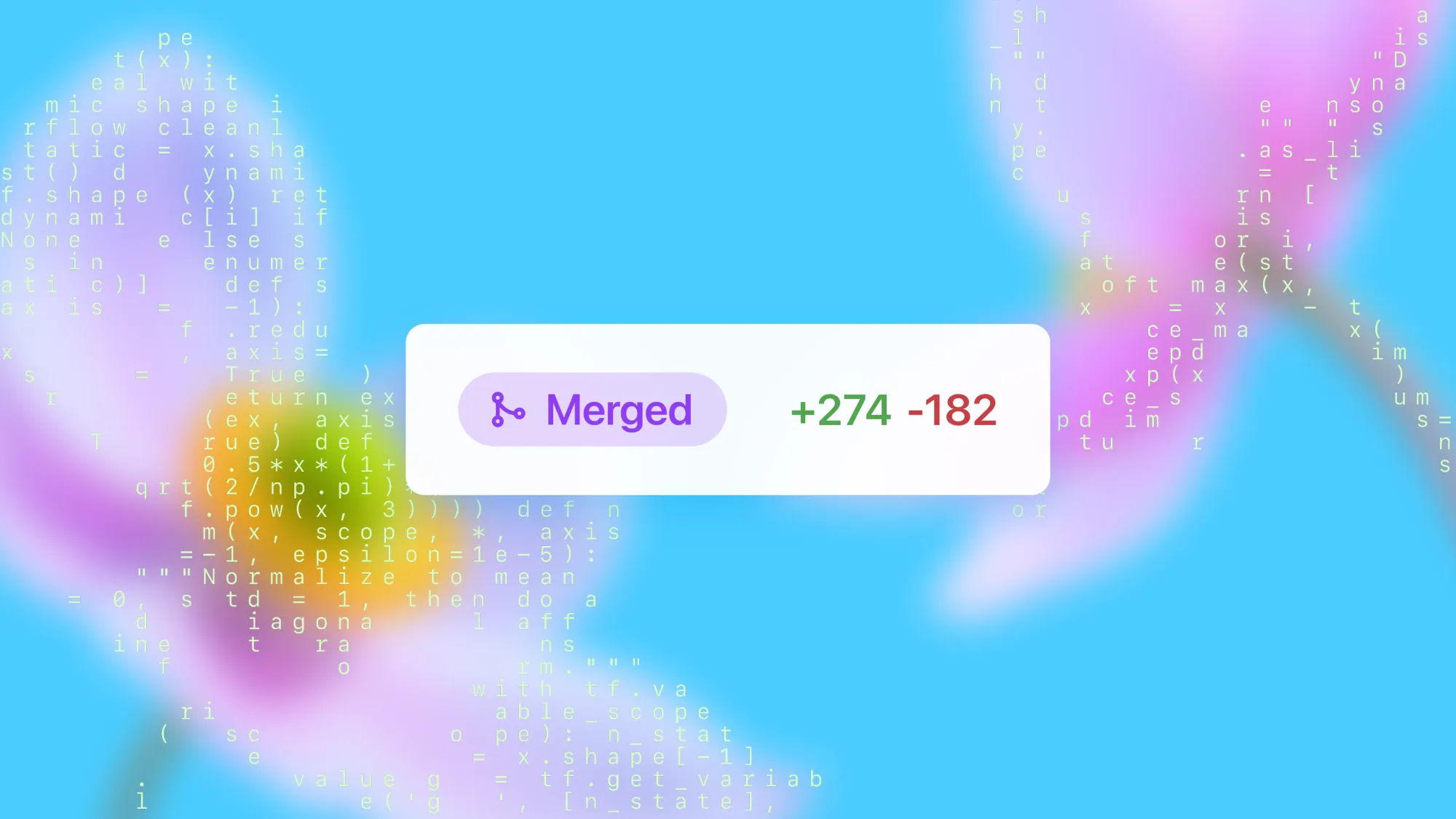GPT-5-Codex: The Next Generation of AI-Powered Coding

Artificial intelligence has already changed the way we work with software, but GPT-5-Codex marks a turning point. OpenAI’s upgraded coding model, built on the GPT-5 architecture, is not just a smarter autocomplete. It is a development partner that can generate, refactor, review, and even reason about entire codebases.
In this guide, we’ll explore what GPT-5-Codex is, how it differs from previous versions, and why it matters for developers, startups, and enterprise teams.

Make.com
Build and scale powerful automations fast. Scalevise designs reliable Make.com scenarios, handles complex logic and error handling, and keeps costs predictable as you grow.
- ✓ Expert scenario design & orchestration
- ✓ Robust error handling, retries & logging
- ✓ Clean handover with documentation

Airtable
Flexible database plus automations, interfaces, and a robust API. Ideal for teams that need a central source of truth with fast iteration and clean handoffs from development to operations.
- ✓ Relational tables, views, and permissions
- ✓ Built-in automations and interfaces
- ✓ Scales with API and integrations
Bright Data
Reliable web data pipelines with compliance-first controls. Scalevise sets up Bright Data for teams that need structured insights at scale, handling proxies, anti-bot strategies, and smooth delivery into apps and warehouses.
- ✓ Proxies, SERP API & datasets
- ✓ Built-in rotation & anti-blocking
- ✓ Direct delivery into S3/BigQuery/PostgreSQL
What Is GPT-5-Codex?
GPT-5-Codex is the evolution of OpenAI’s Codex model, which originally powered GitHub Copilot. While older versions were capable of writing snippets and assisting with small functions, GPT-5-Codex introduces a set of new capabilities:
- Large context understanding: it can review entire repositories, not just single files.
- Multi-language fluency: from Python and JavaScript to niche languages like Rust or Haskell.
- Smarter reasoning: it doesn’t just output code, it explains design choices and alternatives.
- AI code reviews: GPT-5-Codex can review pull requests, flag vulnerabilities, and suggest improvements.
By combining these features, GPT-5-Codex moves beyond autocomplete into full lifecycle development support.
Key Features of GPT-5-Codex
1. Larger Context Windows
Traditional coding assistants struggled with projects that spanned thousands of lines of code. GPT-5-Codex can now process enterprise-scale context, making it suitable for real-world systems with multiple dependencies and integrations.
2. Smarter Code Generation
The GPT-5 backbone enables cleaner, more efficient code. Instead of patchy suggestions, GPT-5-Codex generates production-ready functions that align with established coding standards.
For example, rather than writing a raw SQL query, it might suggest a fully parameterized version that automatically prevents injection vulnerabilities.
3. AI-Powered Code Reviews
Teams spend enormous time reviewing pull requests. GPT-5-Codex accelerates this by automatically:
- Highlighting critical bugs
- Suggesting style consistency
- Identifying performance bottlenecks
- Detecting security vulnerabilities
This allows human reviewers to focus on strategy rather than syntax.
4. Seamless Integration
GPT-5-Codex connects directly into IDEs, command line interfaces, and cloud environments. Whether you are debugging in VS Code, testing in the terminal, or deploying via CI/CD, Codex is available in the flow of work.
5. Collaborative Workflows
Developers can now share screenshots, design diagrams, and context with GPT-5-Codex. This allows front-end developers to turn UI wireframes into code or for teams to align faster when transitioning from design to implementation.

Make.com Automation
Build and scale powerful automations fast. Scalevise designs reliable Make.com scenarios, handles complex logic and error handling, and keeps costs predictable as you grow.
- ✓ Expert scenario design & orchestration
- ✓ Robust error handling, retries & logging
- ✓ Clean handover with documentation & monitoring
GPT-5-Codex vs Previous Codex Versions
To understand why GPT-5-Codex matters, let’s compare it to earlier iterations:
- Codex (2021–2023): focused on short autocompletions and snippets.
- GPT-4 Codex: handled more complexity but struggled with larger projects.
- GPT-5-Codex: introduces repository-level reasoning, context windows in the hundreds of thousands of tokens, and multi-modal inputs such as images and diagrams.
This makes GPT-5-Codex the first truly enterprise-ready AI coding assistant.
Use Cases of GPT-5-Codex
Startup Development
Founders and small teams can ship MVPs faster by offloading boilerplate code and infrastructure setup to GPT-5-Codex. Instead of spending weeks writing authentication or CRUD operations, they can focus on unique features.
Enterprise Engineering
Large organizations benefit from automated compliance checks, code reviews, and refactoring. GPT-5-Codex can enforce internal coding guidelines while reducing time-to-market for new features.
Open Source Projects
Maintainers can use GPT-5-Codex to triage contributions, suggest improvements, and even generate documentation automatically. This reduces the burden of project upkeep.
Education and Training
Students and new developers can use GPT-5-Codex as a tutor that explains code step-by-step, helping them learn best practices without overwhelming complexity.
Benefits for Developers and Businesses
- Speed: Reduced development cycles by automating repetitive coding tasks.
- Quality: Higher consistency and fewer bugs through AI-assisted reviews.
- Scalability: Handles larger codebases, making it useful for global teams.
- Security: Early detection of vulnerabilities during coding and review stages.
Limitations and Considerations
While GPT-5-Codex is powerful, it’s not without challenges:
- Privacy and compliance: sensitive codebases may raise governance concerns.
- Dependency risk: over-reliance on AI may weaken manual code review culture.
- Licensing issues: auto-generated code may still raise copyright questions.
Organizations should combine GPT-5-Codex with internal policies to balance productivity and responsibility.
Why GPT-5-Codex Matters for the Future
AI-assisted development is no longer optional it’s becoming the new baseline. GPT-5-Codex is not just a tool for writing code faster; it’s an enabler of new development workflows.
In the future, entire project lifecycles from requirements gathering to deployment will be influenced by models like GPT-5-Codex. Teams that adopt early will gain an advantage in speed, scalability, and innovation.

Pipedrive
Intuitive CRM with powerful pipeline automation, ideal for lean sales teams that need speed over complexity.
- ✓ Visual pipelines & workflow triggers
- ✓ Fast setup, easy adoption
- ✓ Great for SMB deal flow

Apollo
Prospecting + outreach + enrichment in one. Automate sequences and qualify leads before they hit your CRM.
- ✓ AI-driven sequences & scoring
- ✓ Enrichment & list building
- ✓ Plays nicely with any CRM

RocketReach
Reliable contact discovery to fuel any automation stack. Find the right people, enrich records, and sync to your tools.
- ✓ Accurate emails & firmographics
- ✓ Bulk export & API options
- ✓ Fast enrichment → faster outreach
Conclusion
GPT-5-Codex is more than an upgrade. It’s the foundation for the next era of coding, where AI partners with developers to build reliable, scalable, and secure software.
Whether you’re a startup founder shipping your first product or an enterprise team maintaining global systems, GPT-5-Codex offers a glimpse into the future of development faster, smarter, and more collaborative.
